Cooking is both an art and a science, and even seasoned cooks can make mistakes. However, by recognizing these common errors and implementing clever fixes, anyone can elevate their culinary skills. Here are seven common cooking mistakes and five smart solutions.
1. Adding Garlic Too Early
Garlic’s aromatic allure is unmatched, but timing is everything. Many cooks drop garlic into the pan too soon, and its delicate flavor turns bitter. The trick is to add it later. It’s a delicate balance! Too early, and you’re left with a harsh, unpleasant taste that can overpower the dish.
Instead, let your onions or other base ingredients cook first, then introduce your garlic midway. By doing this, you invite its fragrant quality to shine, enhancing a dish rather than overwhelming it. Consider it a gentle poet whispering its verse at just the right moment.
2. Overcrowding the Pan
When it comes to pan-frying, space is a luxury. Overcrowding the pan is a common blunder that leads to steaming rather than searing. Without room, food stews in its own juices, losing that golden crust. Consider it a dance floor. Too many participants, and there’s no room to shine!
Instead, give your ingredients the space they need. Cook in batches if necessary, allowing each piece to sizzle and brown to perfection. This method ensures even cooking, more flavor, and the perfect texture. Your ingredients deserve their time in the spotlight, after all.
3. Boiling Pasta in Too Little Water
Pasta’s magic lies in its simplicity, yet mistakes can happen. Using too little water is a common misstep that results in sticky, unevenly cooked noodles. Imagine a bustling city with no room to breathe! Give pasta its space. With ample water, pasta swirls freely, ensuring even cooking.
Pasta needs the room to dance, just like a ballerina on stage. Also, don’t forget to salt the water. It should taste like the sea, infusing flavor into every strand. By using a large pot and plenty of water, your pasta will turn out perfectly cooked and delicious.
4. Using Cold Meat Straight from the Fridge
Cooking meat requires temperature finesse. Cold meat straight from the fridge can lead to uneven cooking, as the exterior cooks while the interior remains raw. Think of it as jumping into a cold pool; the shock is too much. Instead, allow the meat to rest at room temperature before cooking.
This ensures even heat distribution, resulting in tender, juicy meat. The transition from cold to hot should be a gentle one, ensuring a perfectly cooked result. By letting your proteins relax a bit before cooking, you achieve restaurant-quality perfection right at home.
5. Flipping Food Too Often
Patience is a virtue in cooking, especially when it comes to flipping. Constantly turning food in the pan can prevent a proper crust from forming. Picture a juggler in the kitchen, unsure of when to catch. Instead, resist the urge and allow each side to cook to a golden brown before flipping.
This patience rewards you with texture and flavor that elevates the dish. Waiting is the secret ingredient, creating a delicious crust and perfectly cooked interior. Give your culinary creation the time it needs, and it will reward your patience with perfection.
6. Not Letting Meat Rest After Cooking
The moment a steak sizzles off the grill is tempting, but slicing too soon is a cardinal sin. Consider meat like a good conversation; it needs to rest to reach its full potential. Without rest, juices escape, leaving the steak dry. Allowing the meat to rest lets the juices redistribute, resulting in a succulent, juicy bite.
The magic happens in this quiet moment. Give your cooked meat ample time to rest, and each slice will be bursting with flavor. It’s the pause that perfects, turning a simple meal into a culinary masterpiece.
7. Guessing Measurements for Baking
Baking is a science, demanding precision and care. Guessing measurements can lead to disastrous results, like a cake that doesn’t rise or cookies that spread too much. Imagine navigating without a map. Without precise measurements, the path to deliciousness is uncertain. Instead, embrace the scales and measuring cups.
Accurate measurements ensure success, giving your baked goods the consistency and texture they deserve. Baking requires accuracy; it’s the key to delicious results every time. With precision, each recipe becomes a guaranteed triumph, delighting taste buds with every bite.
8. Use a Microplane for Garlic and Ginger
Transform your cooking with the magic of a Microplane. Garlic and ginger, when finely grated, release their aromatic oils, enhancing flavor without overpowering. Imagine them as tiny maestros conducting a symphony of taste. The Microplane allows for even distribution, ensuring each bite sings with subtlety. It’s not just about convenience; it’s about elevating dish dynamics.
Swap your chopping board for a Microplane, and witness the transformation. Your ingredients will thank you, and your dishes will never be the same. This simple tool is a gateway to culinary excellence, bringing harmony to your flavors.
9. Taste As You Go
Awaken your inner chef by trusting your taste buds. Tasting as you go is the secret to culinary success, allowing adjustments that elevate every dish. It’s a dance of flavors, a conversation with your ingredients. Don’t wait till the end to know your dish’s fate.
Instead, engage in a dialogue throughout the cooking process. This practice ensures balance, preventing any one flavor from taking over. A pinch here, a dash there—these adjustments create perfection. Embrace this chef’s secret, and your dishes will tell a delicious tale, captivating every palate.
10. Preheat Your Pan (Not Just the Oven)
Preheating is not just for ovens; it’s a vital step for pans too. A cold pan is a culinary misstep, leading to sticky food and uneven cooking. Consider it the foundation of a well-crafted dish. Without preheating, flavors fail to develop and textures fall flat.
Give your pan time to heat, and you’ll be rewarded with a perfect sear and a symphony of flavors. This simple action transforms cooking, ensuring your ingredients cook evenly and retain their intended texture. Let the heat guide you to excellence, as every dish deserves this foundational step.
11. Dry Your Ingredients Before Searing
Moisture is a sear’s enemy, and drying ingredients is a skill worth mastering. Excess moisture can lead to steaming rather than searing, diminishing flavor and texture. Imagine trying to paint on a wet canvas. Drying your ingredients ensures that coveted caramelized crust.
Pat your proteins and vegetables dry before introducing them to the pan. This simple step amplifies flavor, allowing each ingredient to shine. In the quest for the perfect sear, dryness is key. Your efforts will result in dishes that are not only visually appealing but also packed with taste.
12. Finish with Fresh Herbs or Citrus
The final flourish in cooking can make all the difference. Fresh herbs or a squeeze of citrus at the end add brightness and elevate any dish. It’s like the encore of a concert, leaving a lasting impression. These fresh elements cut through richness, providing balance and vibrancy.
They are the artist’s signature on a masterpiece. Don’t underestimate their power; a sprinkle or squeeze can transform flavors. Make this step a habit, and you’ll add new layers to your culinary creations. The result? A dish that delights both the eyes and the palate.
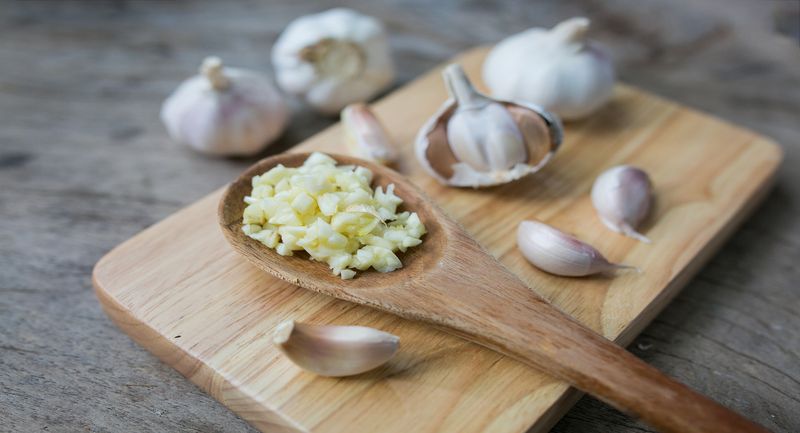
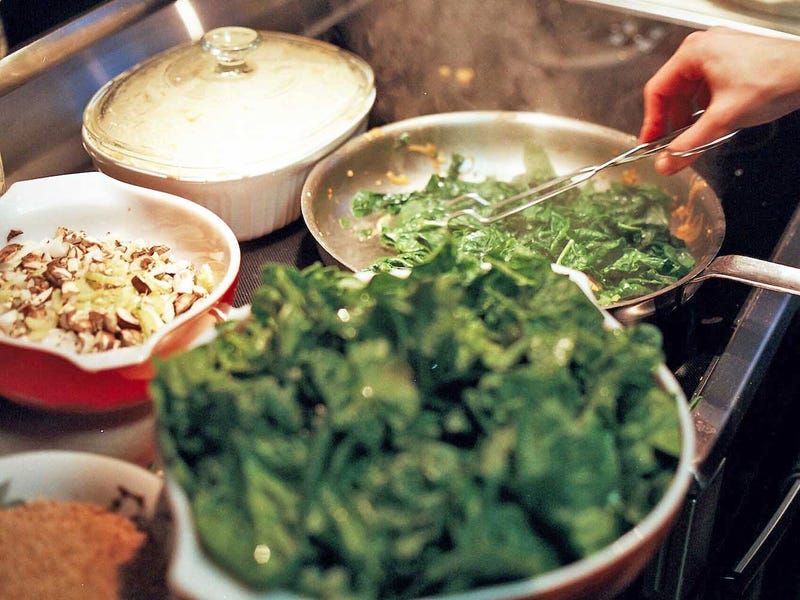
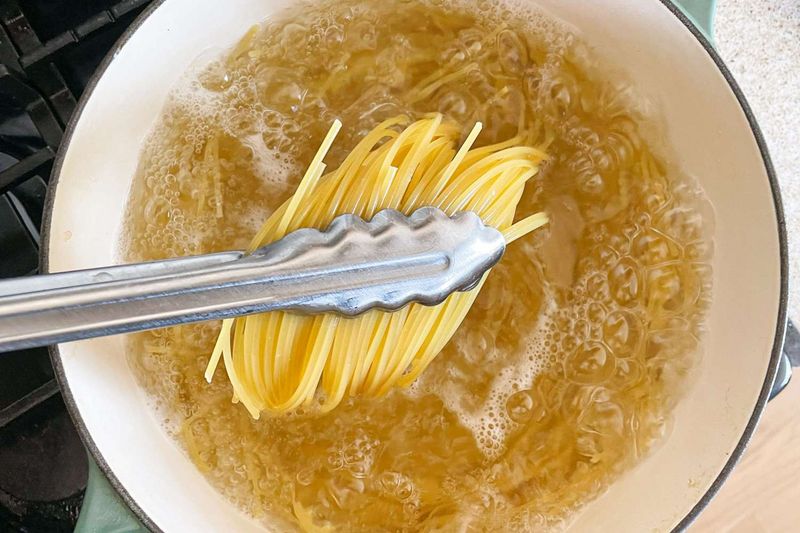
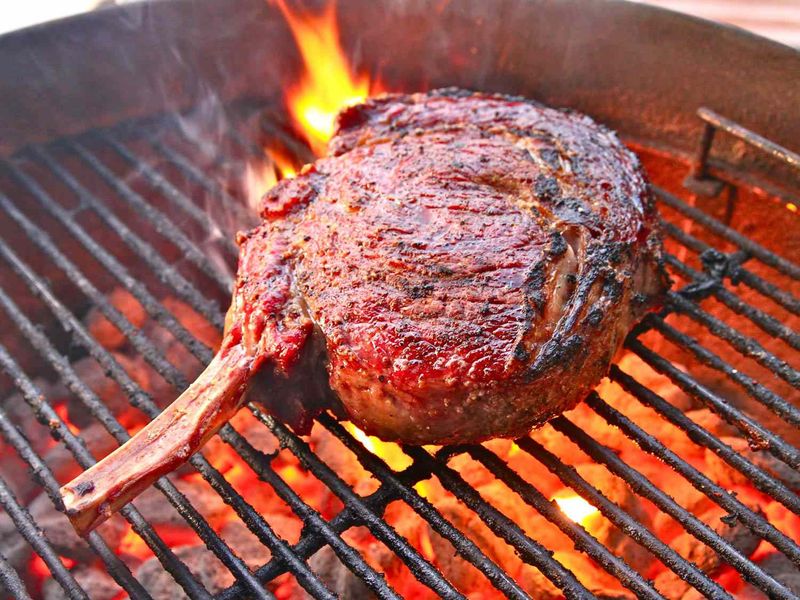
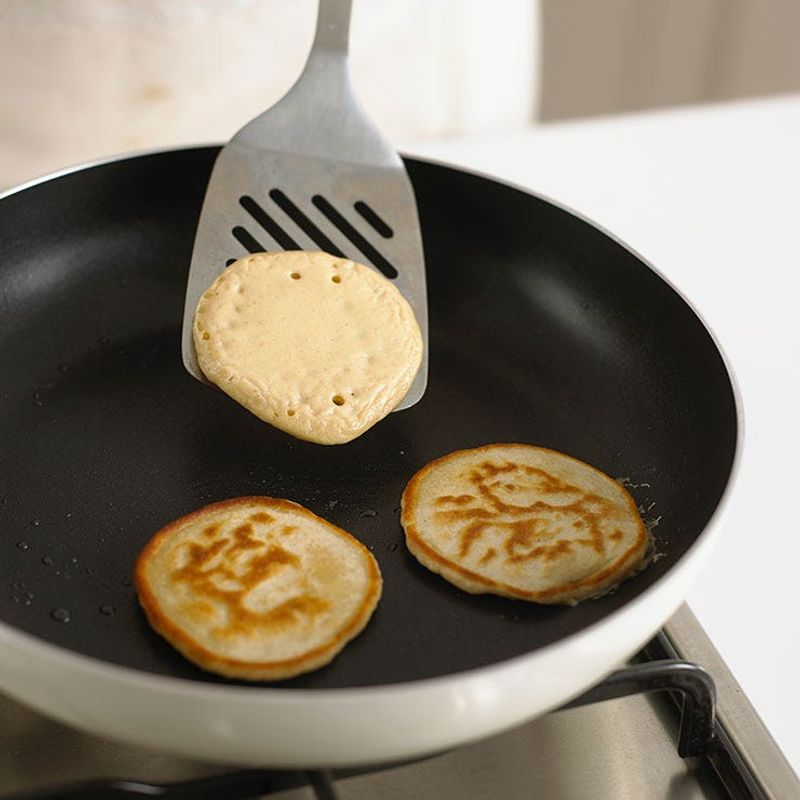
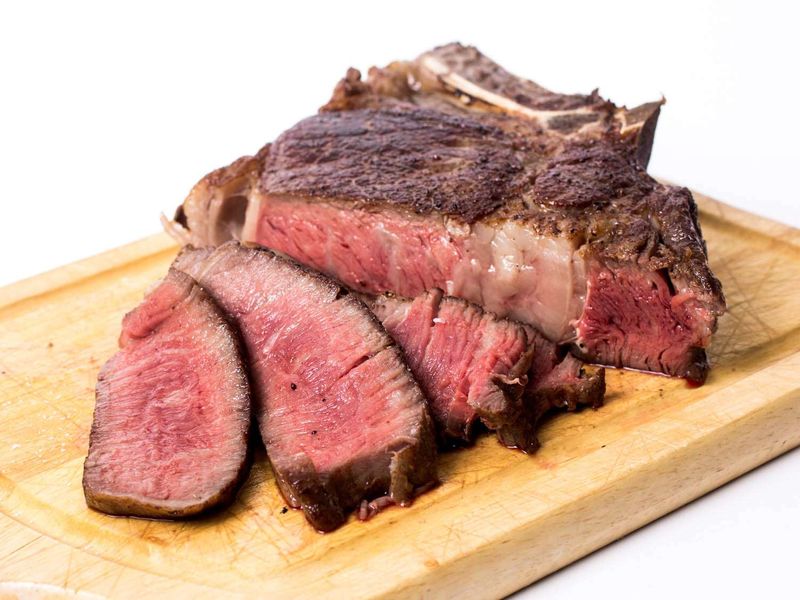
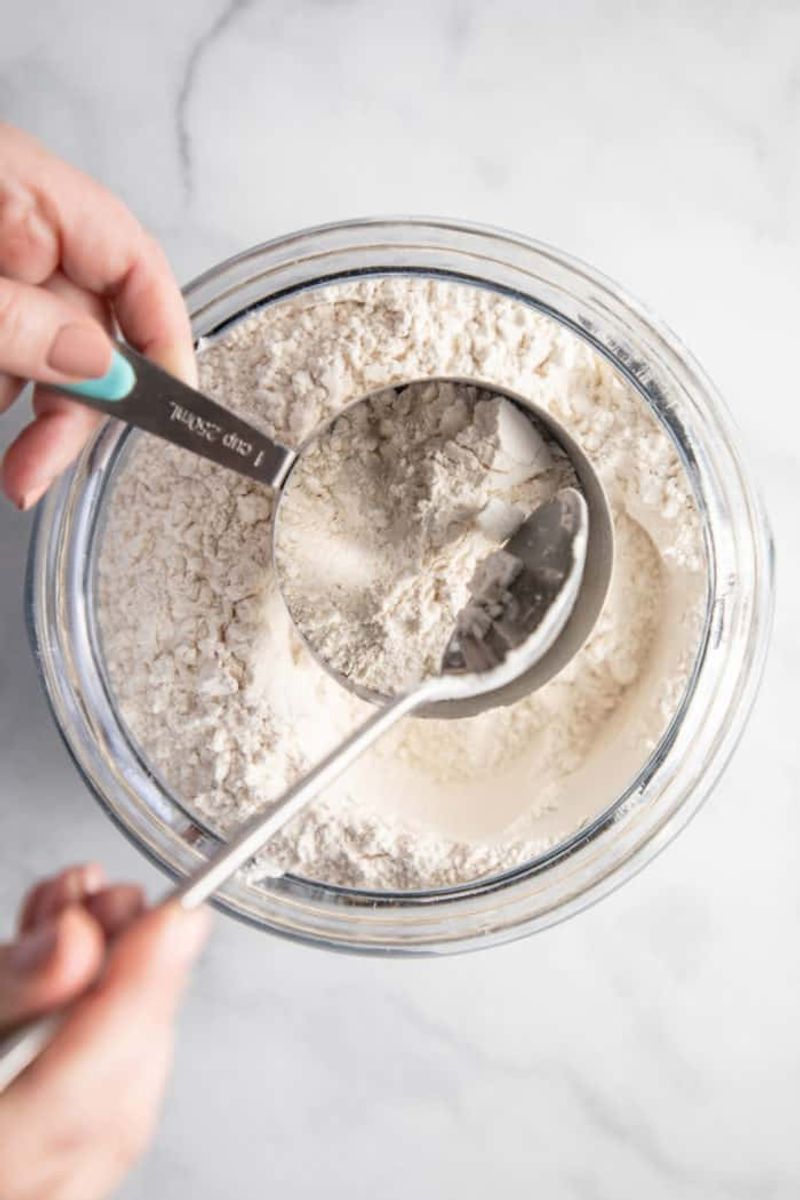
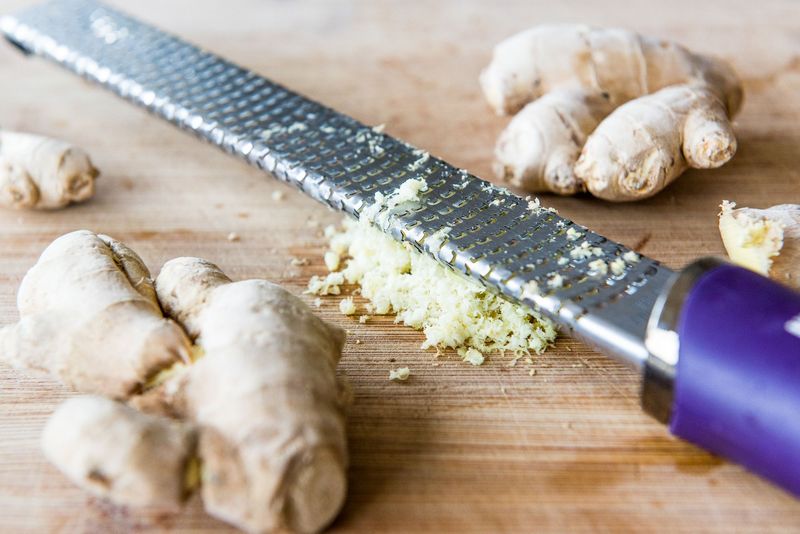

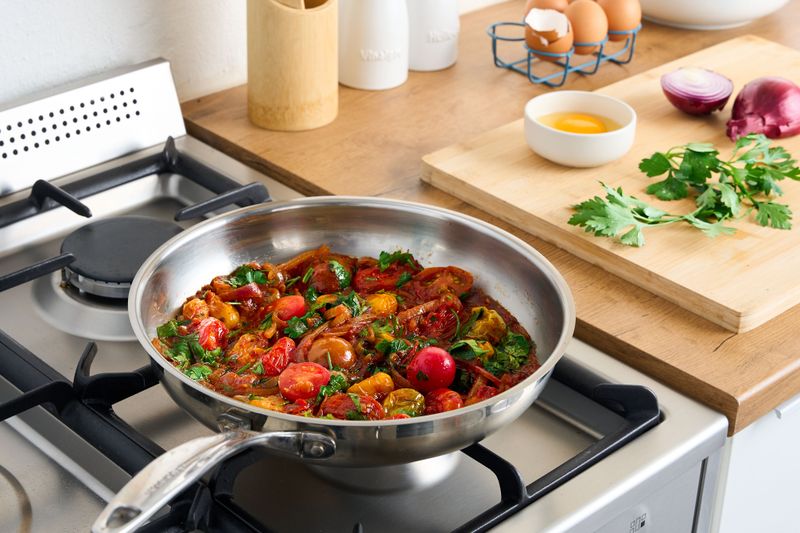
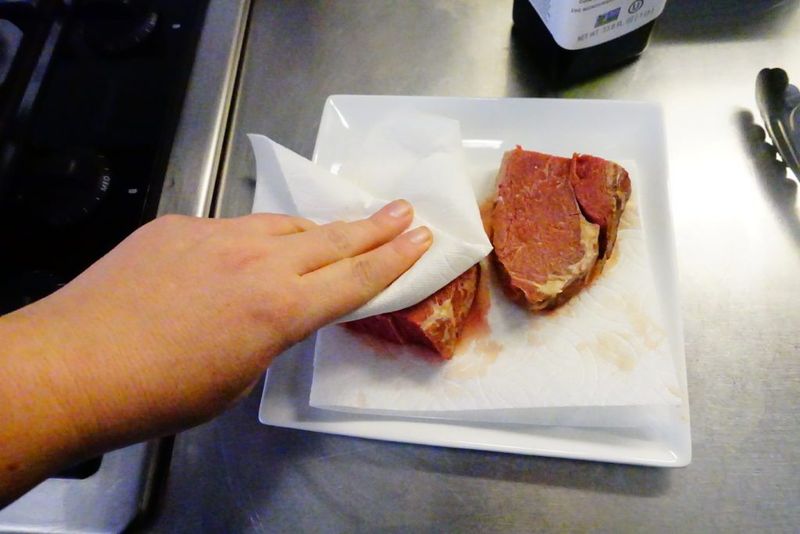
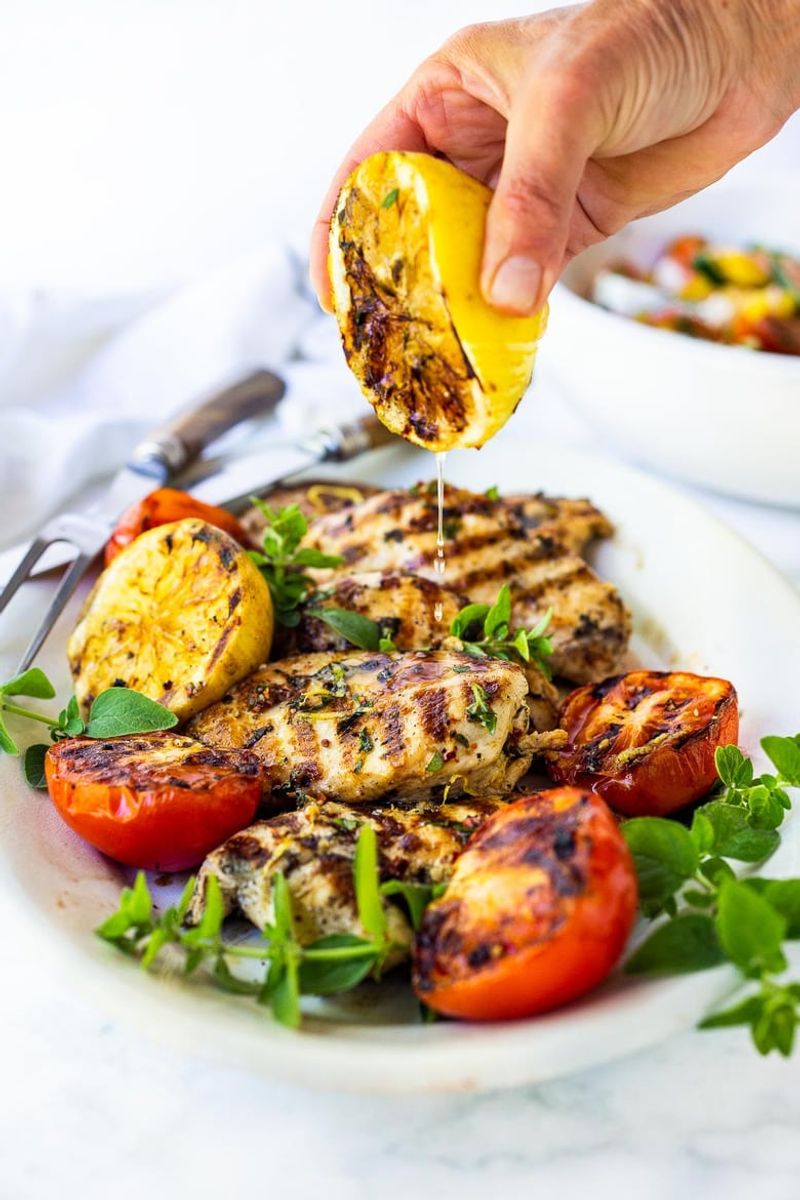
Leave a comment